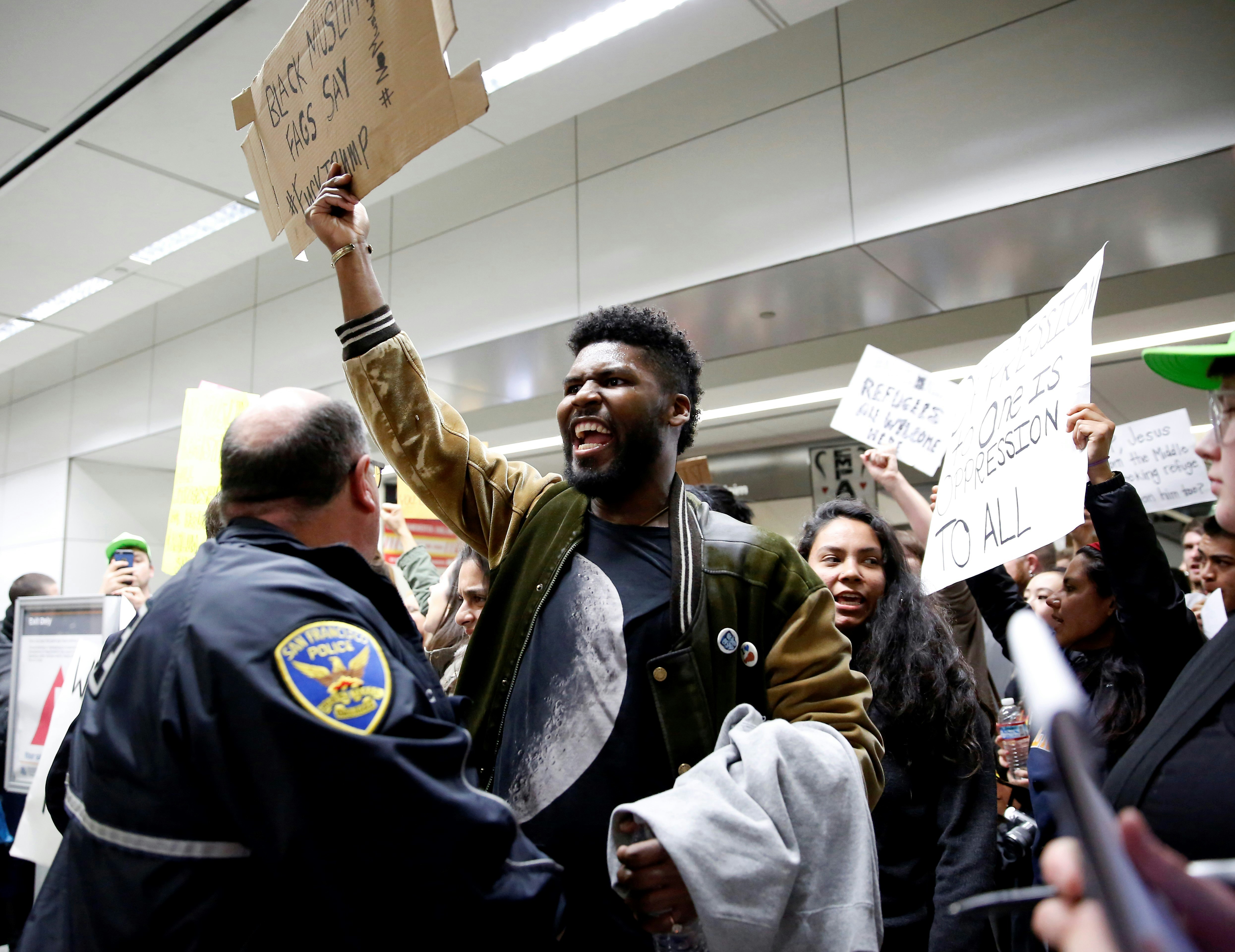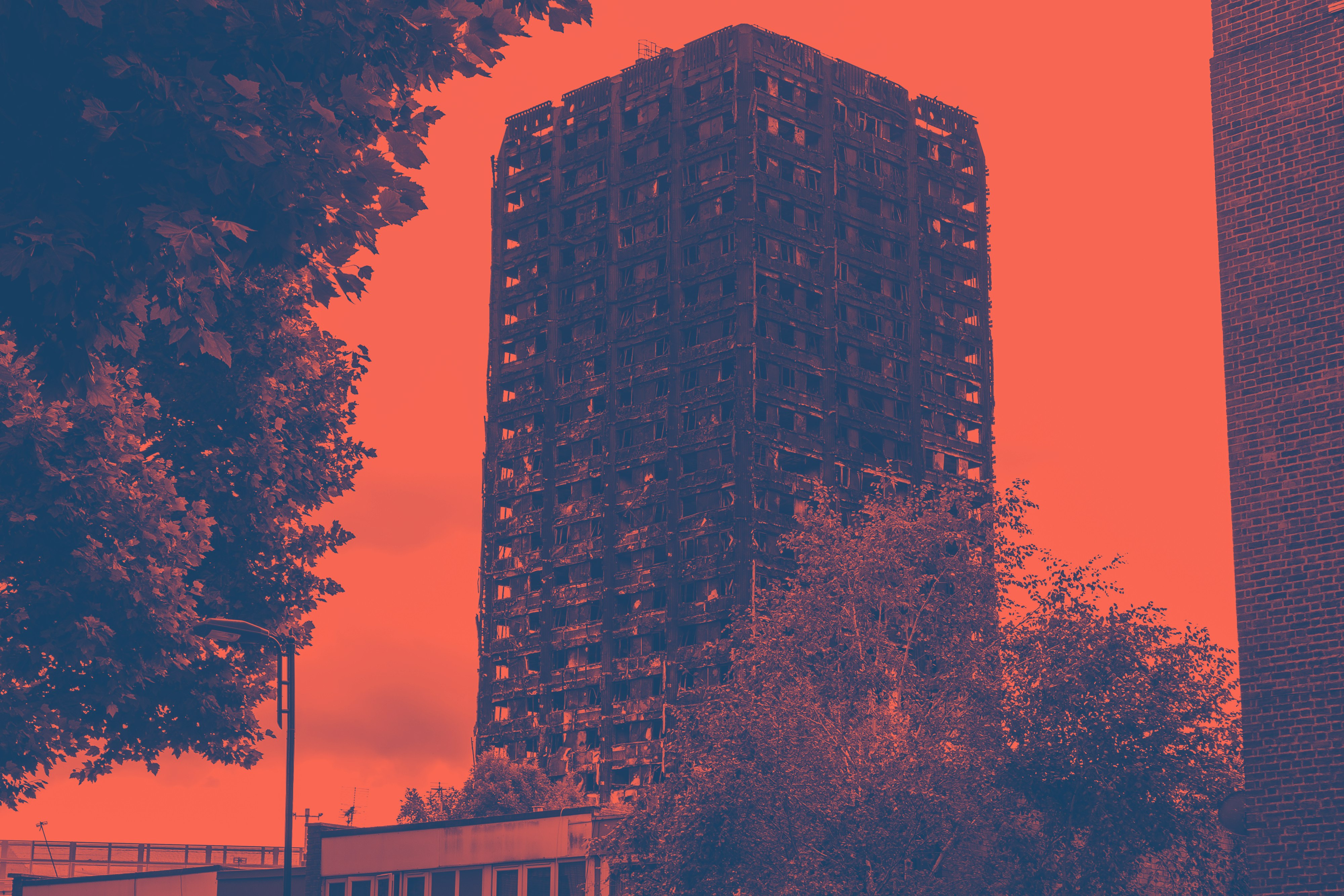IT HAPPENED
is a series reflecting on our memories of 2017, one month at a time, as we head into the new year.
In late June, hundreds of employees of The New York Times staged a walk out to protest the imminent and aggressive layoffs that would disproportionately affect copy-editors at the publication. During the action, staffers carried signs (“Who do you think makes sure it’s fit to print?,” “This sign wsa not edited,” “Invest in us,” ), chanted (“No editors, no piece”), and marched through the iconic red-paneled newsroom and once around the block. I watched intently, in the present meaning of that term, transfixed by my laptop screen, refreshing Twitter obsessively, as journalists and writers expressed solidarity for those who might be affected by the elimination of the newspaper’s traditional copy desk, which, in a letter to all staff in May, Executive Editor Dean Baquet and Managing Editor Joe Kahn described as “a vestige of an assembly-line structure held over from a newspaper-only newsroom built around multiple print deadlines. It is costly and slows us down.” With the money saved from eliminating copy-editing positions, the paper said it hoped to hire more reporters, become a nimbler shop, and turn around news as quickly and as efficiently as possible.
Some argued that, in fact, the editorial checks from the copy desk, cumbersome as they might be, were a backstop not only for style and syntax, but for facts and logical inconsistencies, too — crucial during this absurd moment when the President takes to Twitter to gleefully amplify corrections from major news publications like The Washington Post and The New York Times, then accuse them of publishing false accounts and conspiring against him. An internal letter signed from the newspaper’s reporters to management in June also expressed frustration with the disconnect between upper-management’s decisions about restructuring, and what was actually going on within the newsroom. The move to eliminate the positions “had only the barest pretense of transparency,” the letter read. “From where we sit, the editing “experiments” looked like flimsy, brief set-pieces, never truly tested under fire — certainly not something on which to base a whole new system.”
It may be splitting hairs in this case to try to parse the chicken-and-egg problem of whether implementing new editorial strategies really necessitated hanging a significant portion of one’s employees out to dry. In any case, this year we witnessed the Times make a hard commitment to a theory of the way that journalism may sustain itself financially, and we watched the company put the livelihoods of its staffers on the line for that commitment. The reorganization whittled the Times’ desk of one hundred and nine copy-editors down to fifty-some positions, and by the end of July, at least eighty-one journalists across the company had submitted for a buyout. I remember thinking to myself, where are all of these copy editors going to find new jobs?
There’s been a steady bloodletting in media over the past few years. But the July reductions at the Times were, perhaps, the most high-profile and severe restructuring in recent memory, a symbolic centerpiece during a year that media outlets in New York fell as swiftly as dominoes. Lucky Peach laid off its entire staff in March and announced it was closing. In June, MTV News announced layoffs and Vocativ cut its entire editorial newsroom — both to go video-first. Thirty-nine staffers were let go at The Huffington Post. In July, Vice cut sixty employees, to shift to video. In August, Mic cut twenty-five positions, to shift to video. The Village Voice shuttered its print edition and announced imminent layoffs. In November, ESPN announced one hundred and fifty layoffs, BuzzFeed announced staffing cuts, Conde Nast eliminated eighty positions, including shuttering the print edition of Teen Vogue. Time announced it was cutting three-hundred jobs over the course of the year. And earlier this month, Mashable cut around one hundred and seventy positions. I could go on. The precariousness of employment in the industry has moved many shops to successfully unionize, for the barest assurances of job security and employee rights. But even that small dream was roughed up last month by the billionaire Joe Ricketts, who shut down DNAinfo and Gothamist after the publications won a union election, leaving one hundred and fifteen people without work.
Back in January, the Times released their 2020 study, which hinted at the copy desk restructuring, and perhaps, the staffing cuts to come. But previously, overarching decisions made about editorial staff based on big ideas about ads, which audiences are watching which platforms, and new ways to measure readership felt more like uncomfortable nudges along the way, than top-down decisions with sweeping human consequences. At best, they were thought experiments, some questionable, some genuinely good. At worst, they resulted in slashed budgets, the occasional round of layoffs, or the pittance writers get for freelance assignments. We’ve known for a long time that this industry isn’t exactly working, but for years it has mostly felt like a lot of handwringing and hot-taking about new models of digital storytelling, in light of a clearly declining industry. Though subscription rates for newspapers have been on the rise since the 2016 election, the steady annual losses from advertisers are still immense; total advertising revenue across the industry last year was less than a third of what it was a decade ago.
Readers have suffered, too, faced with rising subscription rates, dubiously-placed skimlinks, aggressive listicles, inscrutable paywalls, fifteen to thirty seconds of pre-roll on autoplay. Worse, their curiosity about the world is increasingly rewarded with conformity. As the industry contracts, the perspectives and styles of what were once robust outlets have become fairly uniform, the conversations narrower and increasingly influenced by corporate interests — and we fret relentlessly about why that’s worrisome, or what structural failings have allowed that to happen, because it’s easier than affecting any meaningful change. What are readers supposed to make of a media operation that is often, by necessity, just as consumed with itself as it is with the world beyond?
In years past, I’d even think to myself, what an exciting time to be in the industry as it evolves! I really did think that. I mean, I thought a lot of things, for sure, because in the end, over-thinking and believing that the terrible situation you’ve found yourself in is interesting and exciting rather than objectionable and bad is a solid way to avoid the reality at hand. It is easier to think, “I am scrappy enough to get through this,” than “I deserve better.” Journalists are always casting back to the days that you could charge a car home at night to Uncle Si — perhaps it’s just more emotionally bearable to feed off those memories while attempting to exist already in a future where the problem is solved. But nostalgia and projection are reliably fragile, and we had to start living in our present uncertainty — had to get honest, sooner or later.
We talked a lot about the future of media when I was in journalism school, a decade ago. Admittedly, nobody knew what they were talking about; I remember an introduction to online reporting class in which a professor egged me into learning Actionscript because he thought Flash animation would save us all. I remember conversations about how the internet and new digital tools would make Journalism faster, more accessible, and perhaps, a little scary — but I don’t remember anything about this. Nobody taught us how to live in a state of suspended uncertainty, measuring the time in between days I get another email about yet another publication folding or an old colleague losing her job, shaking my networks up weekly to help friends or friends of friends find work, increasingly unwilling to take risks in my own career. What did I come here for in the first place, I find myself wondering on a regular basis.
On good days, I feel like I’m making it up as I go, lucky to have work at all. On bad ones, I feel like I’m hurrying up a staircase that is quickly crumbling from the other side. In a year that we’ve needed reporters, editors, and writers the most, we’ve also been forced to grapple with the truth that journalists’ agency is ultimately tied to the bottom line of the corporations that employ them. But hey, it’s better than delusion. Earlier this month, a group of former Gawker employees launched a Kickstarter campaign to put in a bid to buy the publication back and relaunch it as a membership-funded outlet. With less than two weeks left in the campaign, and more than four-hundred-thousand dollars to raise, it seems unlikely to succeed, but the effort could be the start of a better trend — just like the launch of the Baltimore Beat alt-weekly following the tragic closure of the Baltimore City Paper. It’s enough to inspire me to begin to believe again in a future: a genuine commitment to diversity in the newsroom, editorial organizations that embody the same progressive politics they espouse in their publications, cooperatively owned media, universal basic income — one day, maybe even a sweet dog curled at my feet, by a crackling fire.












